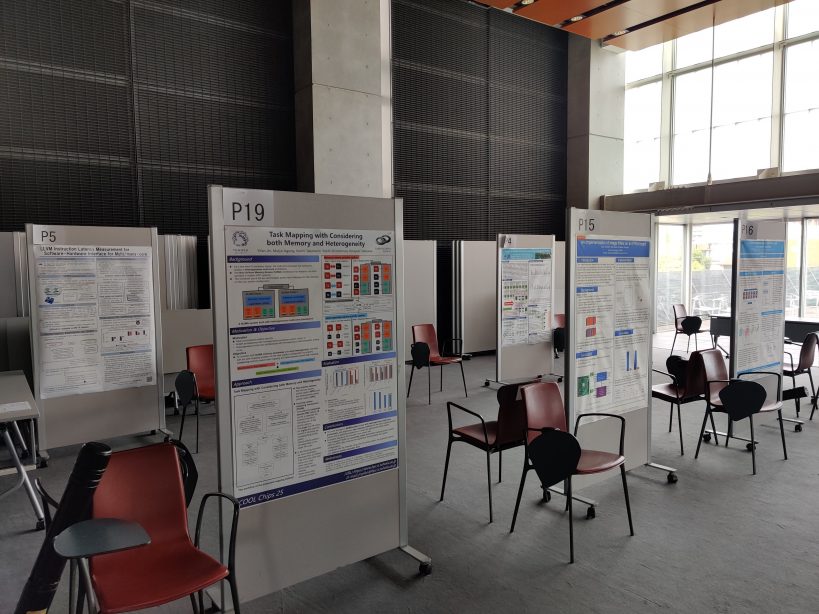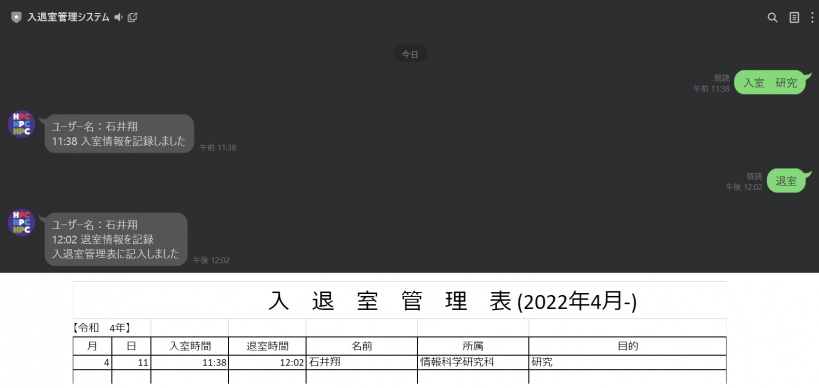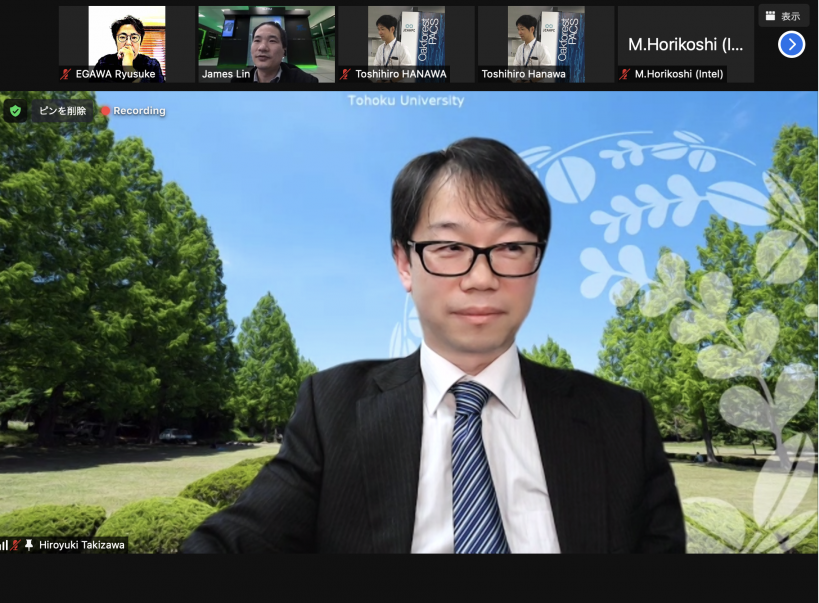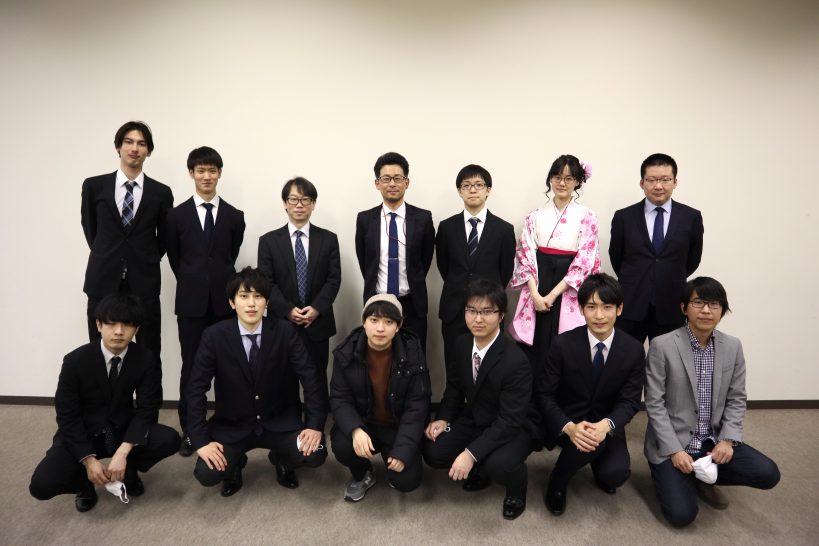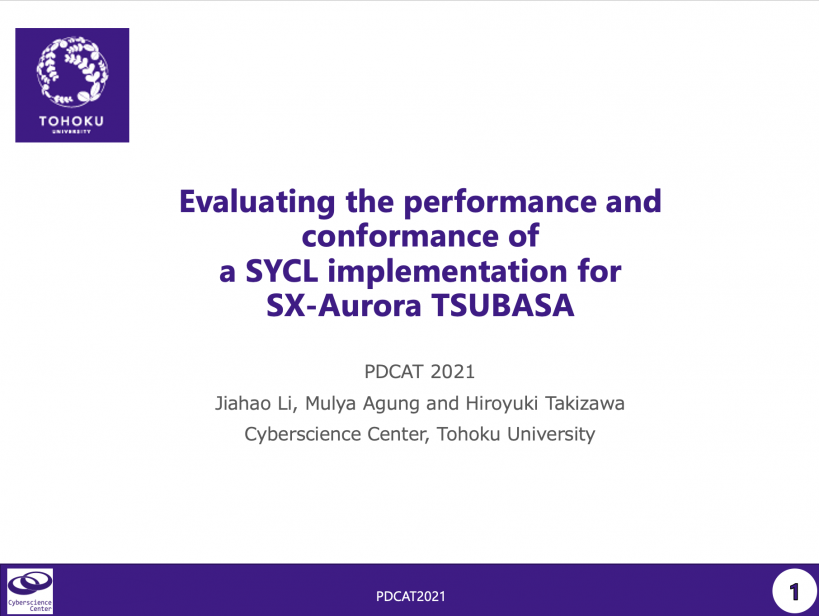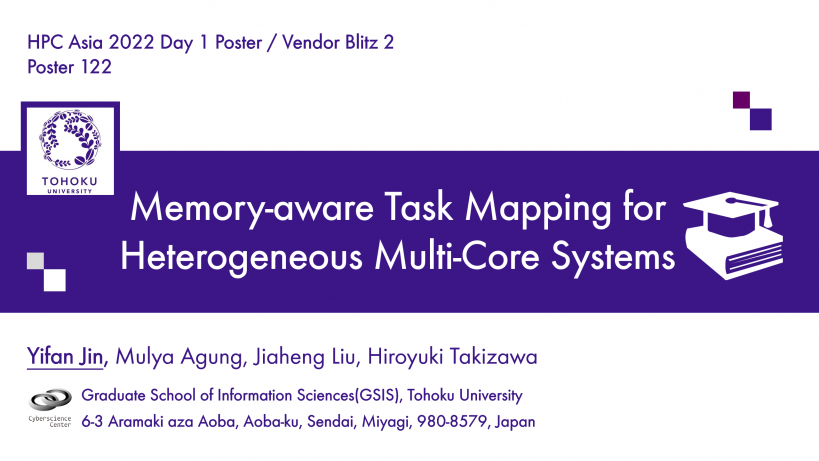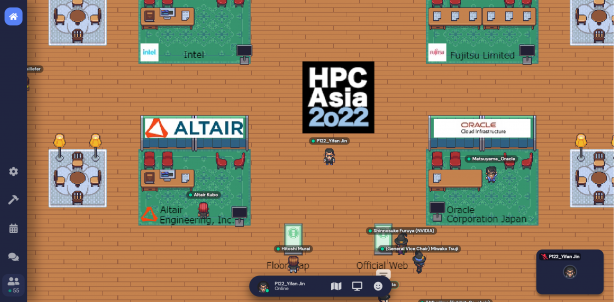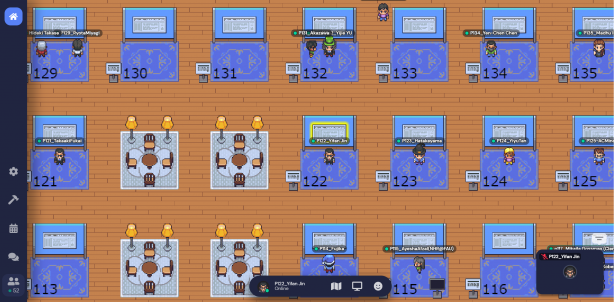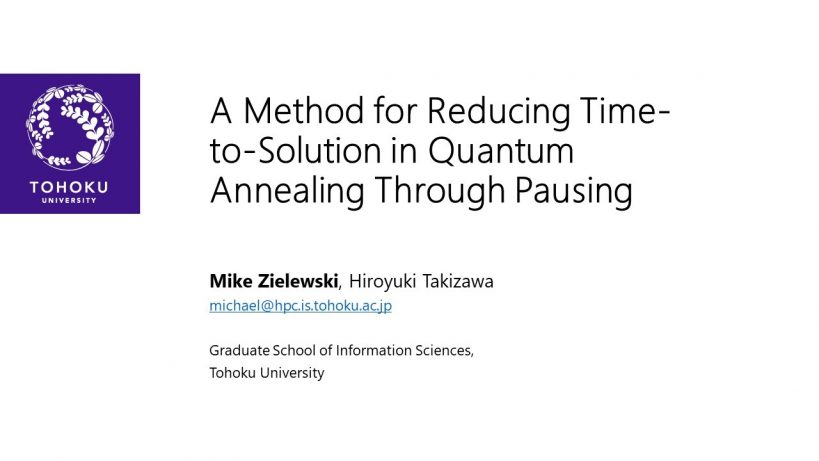Hi, this is D1 student Jin Yifan.
The 25th IEEE Symposium on Low-Power and High-Speed Chips and Systems (COOL Chips 25) was successfully held during April 20-22, 2022.
IEEE COOL Chips is an International Symposium initiated in 1998 to present the advancement of low-power and high-speed chips and systems.
The symposium covers leading-edge technologies in all areas of microprocessors and their applications.
Researchers from around the world participated in this symposium in a hybrid format (on-site in Tokyo and online).
The program is shown here.
I was privileged to be able to present my work as a poster at this symposium.
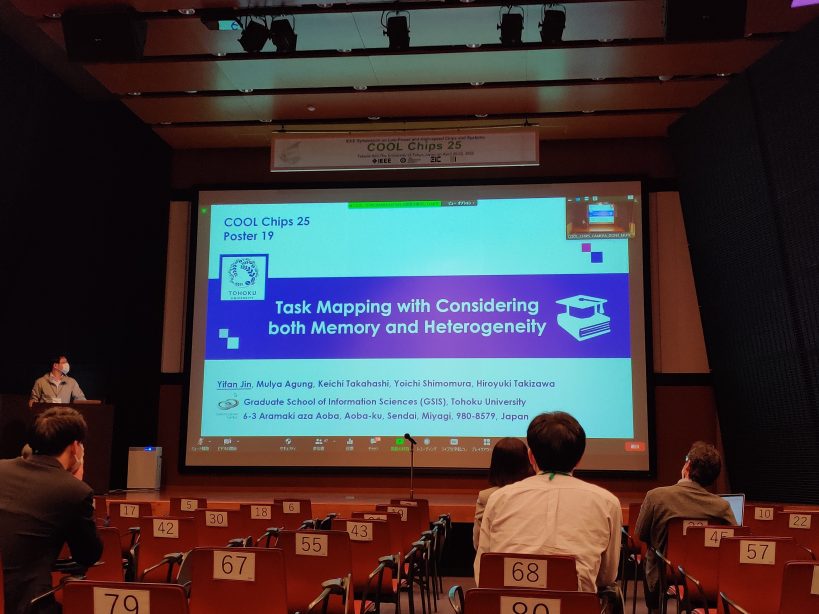
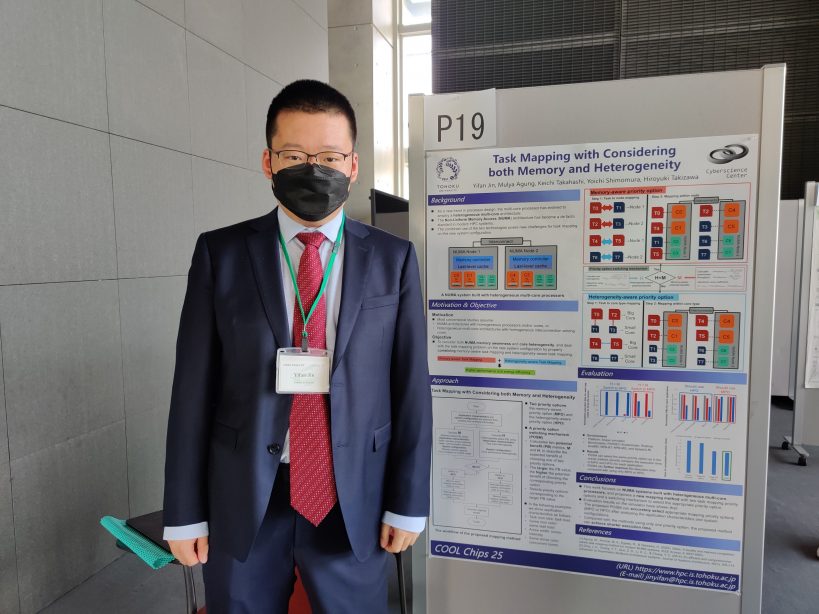
In fact, because of the epidemic, this was the first time I had the opportunity to participate in this type of academic conference on-site.
I met many enthusiastic researchers and had interesting and valuable discussions with them.
